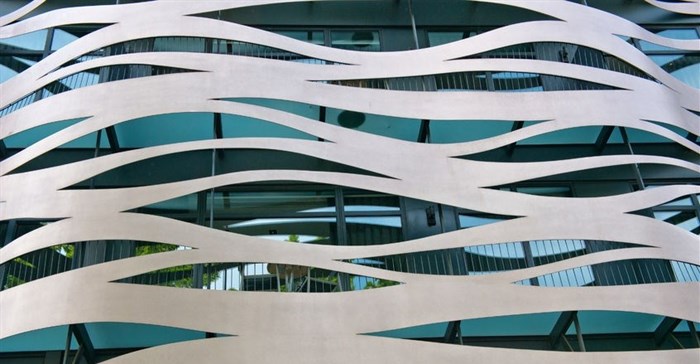Architecture was once intrinsically connected to place and time as an expression of culture, wealth and the aspirations of society. Architecture belonged to people.
A disconnection of architecture from society, during the early 17th century, sparked an architectural paradigm shift from craft and building to objective art where individual objective creativity and the lure of image defined architectural value.
This was where trends in architecture developed, nowadays manifesting as “estate-type” architecture with defined codes and design guidelines. These designs are often completely out of place - one can’t avoid the misrepresentation and abuse of “Tuscan”, for example. Such architecture, however, has been promoted as great value, snob-value to be more precise, which has earned developers some good money.
Sense, sensitivity and sensibility
Recent trends, however, seek to reconnect architecture to place and time, whether by choice or reason is questionable. Contemporary contexts, largely defined by problems emanating from environmental, social and economic challenges, now at crisis levels, are driving architecture into a position of sense, sensitivity and sensibility. Environmental sustainability concerns have significantly shifted architecture into the realm of science and technology. This trend will see architectural form responding and adapting to the landscape, the surrounding social context and the climate – architecture of humility and respect.
Given the reactive position of architecture to environmental challenges, has “sustainability”, “green” or “eco” not just become another trend to attract potential buyers? Or is architecture truly and progressively returning to its primordial roots, as a manifestation of place, time and people?













































